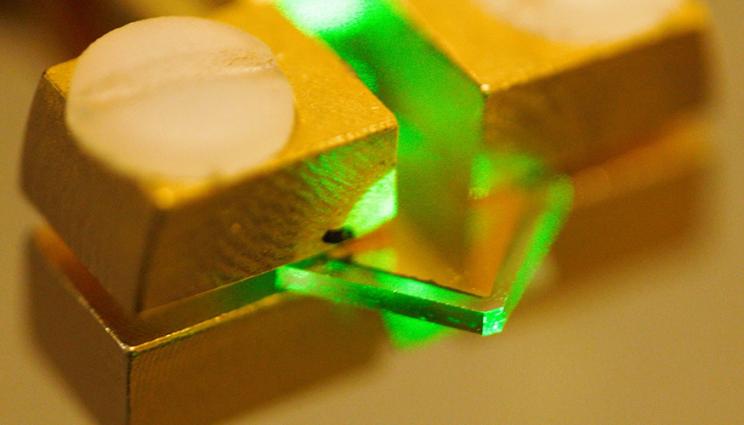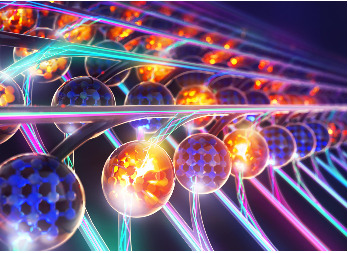2021/1/5 シンガポール国立大学(NUS)

・ NUSが、運動時に汗を蒸発させて身体を涼しく快適に保ちながら、汗の水分をスマートウォッチ等のウェアラブル電子機器の電源として利用できるエネルギーに変換する、極めて効果的な透明薄膜フィルムを開発。
・ 同フィルムは、塩化コバルトとエタノールアミンの 2 種類の吸湿性の化学物質より構成され、太陽光に晒されると急速に水分を放出して再生し、100 回超再利用できる。
・ 同フィルムを電解質とし、8 個の電気化学電池(ECs)より構成されるウェアラブルなエネルギーハーベスティングデバイスを作製。各 EC は水分を吸収すると約 0.57V を発電し、全体では LED の電源として十分なエネルギーを供給する。汗発電によるバッテリーレスのウェアラブルが期待できる。
・ ゼオライトやシリカ等の従来の吸湿性材料は、吸水性能が低く、嵩張る固体状態の構造のため、蒸発した汗の水分の吸収に適さない。今回開発の新フィルムは、従来材料に比べ吸水性能が 15 倍、吸水速度が 6 倍高い。
・ さらに、水分を吸収するとフィルムの色が青色から紫色を経てピンク色に変化し、吸湿の度合いを提示する。
・ 同フィルムを通気性・耐水性のポリテトラフルオロエチレン(PTFE)メンブレンで包み、脇汗取りパッドや靴の中敷き等のアプリケーションでの実証に成功。PTFE は、衣料用品で利用されるフレシキブルな材料。靴の中敷きのプロトタイプは 3D プリンティングで作製。ソフト・ハードの両種類のポリマーの使用で十分なサポートと衝撃の吸収力を持たせた。
・ 同フィルムの消費者向け品での利用に向け、協力できる企業を探している。
URL: https://news.nus.edu.sg/novel-film-that-keeps-us-dry-and-cool/
<NEDO海外技術情報より>
(関連情報)
Nano Energy 掲載論文(アブストラクトのみ:全文は有料)
Super-hygroscopic film for wearables with dual functions of expediting sweat evaporation and energy
harvesting
URL: https://www.sciencedirect.com/science/article/abs/pii/S2211285520304304?via%3Dihub
Abstract
Despite the boom in atmospheric water-harvesting techniques, few attempts have been made with a broader horizon–absorbing the moisture from sweatevaporation, which has substantial implications for human comfort and wearable electronics. Herein, a cobalt-complex-based super-hygroscopic material (Co-SHM) is developed to expedite sweat evaporation and fabricate moisture-triggered energy harvesting devices. The Co-SHM features transparent thin-film structure, fast absorption kinetics and high water uptake of 4.6 g g−1. The material regeneration can be driven by natural sunlight, making the Co-SHM an energy-efficient moisture absorbent. Integrating the Co-SHM into breathable and waterproof PTFE membranes, we design new kinds of armpit pad, shoe lining, and insole, which can rapidly absorb the moisture from sweat to prevent sweat accumulation, thereby providing a dry and comfortable microclimate for people. Furthermore, the absorbed sweat can be transduced to energy through a Co-SHM based wearable energy harvesting devices. The harvested energy can power a light-emitting diode. This work holds significant economic potential in the fields of functional clothing, footwear, and wearable electronics.



